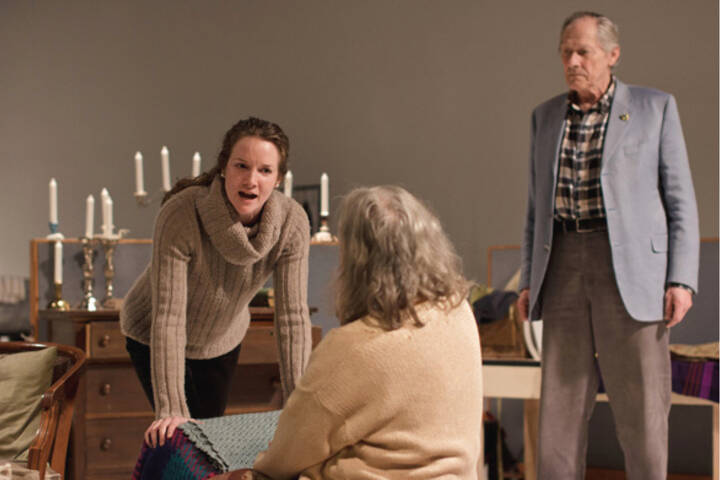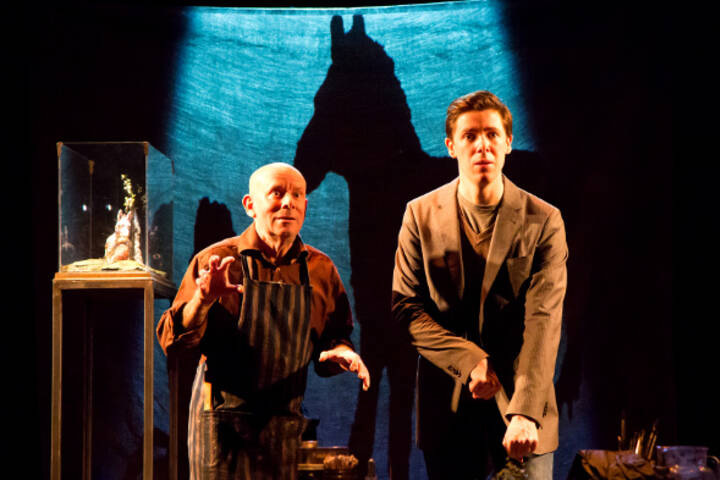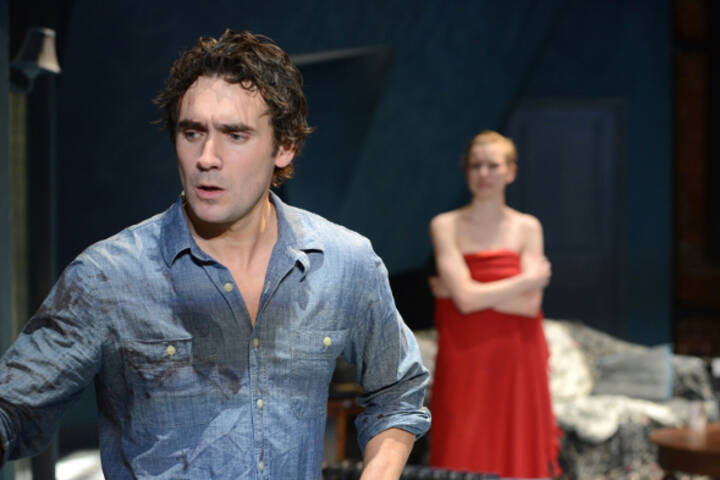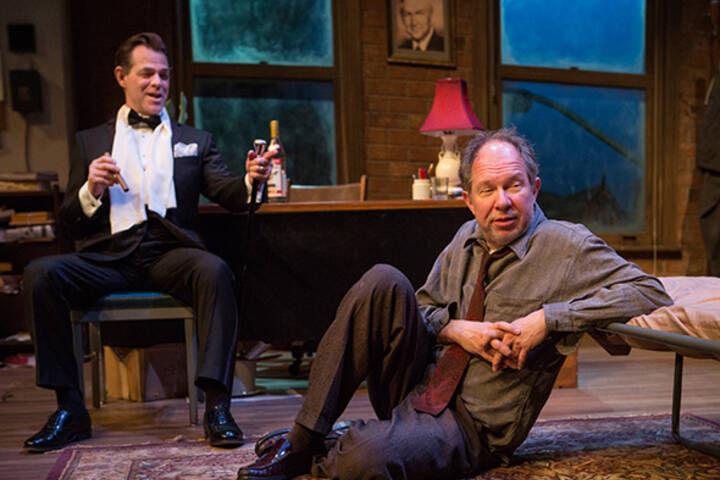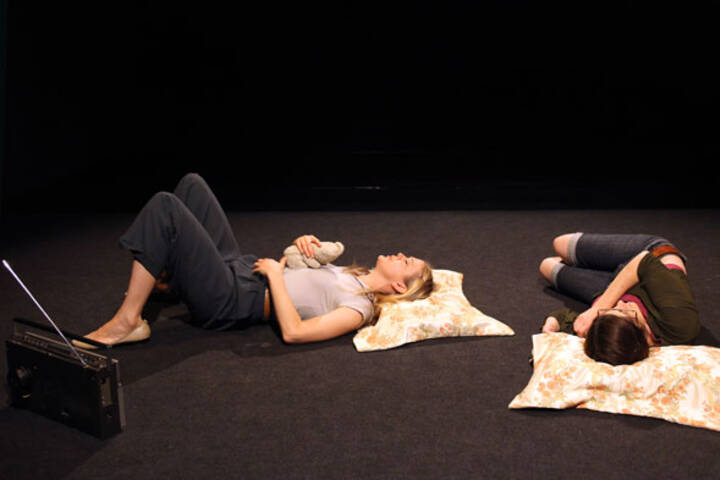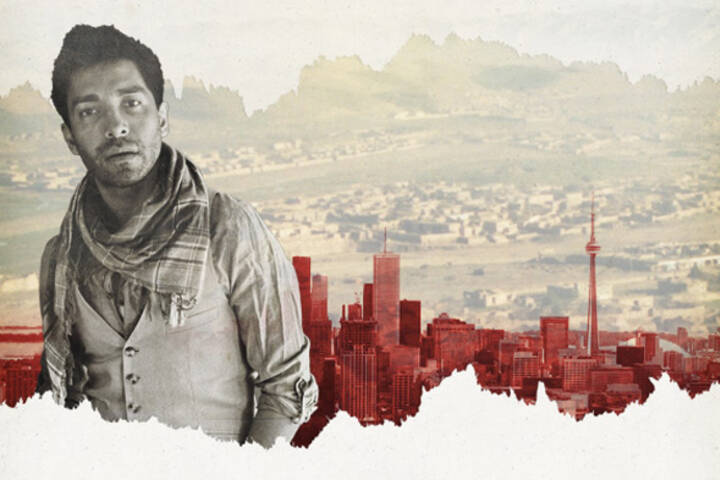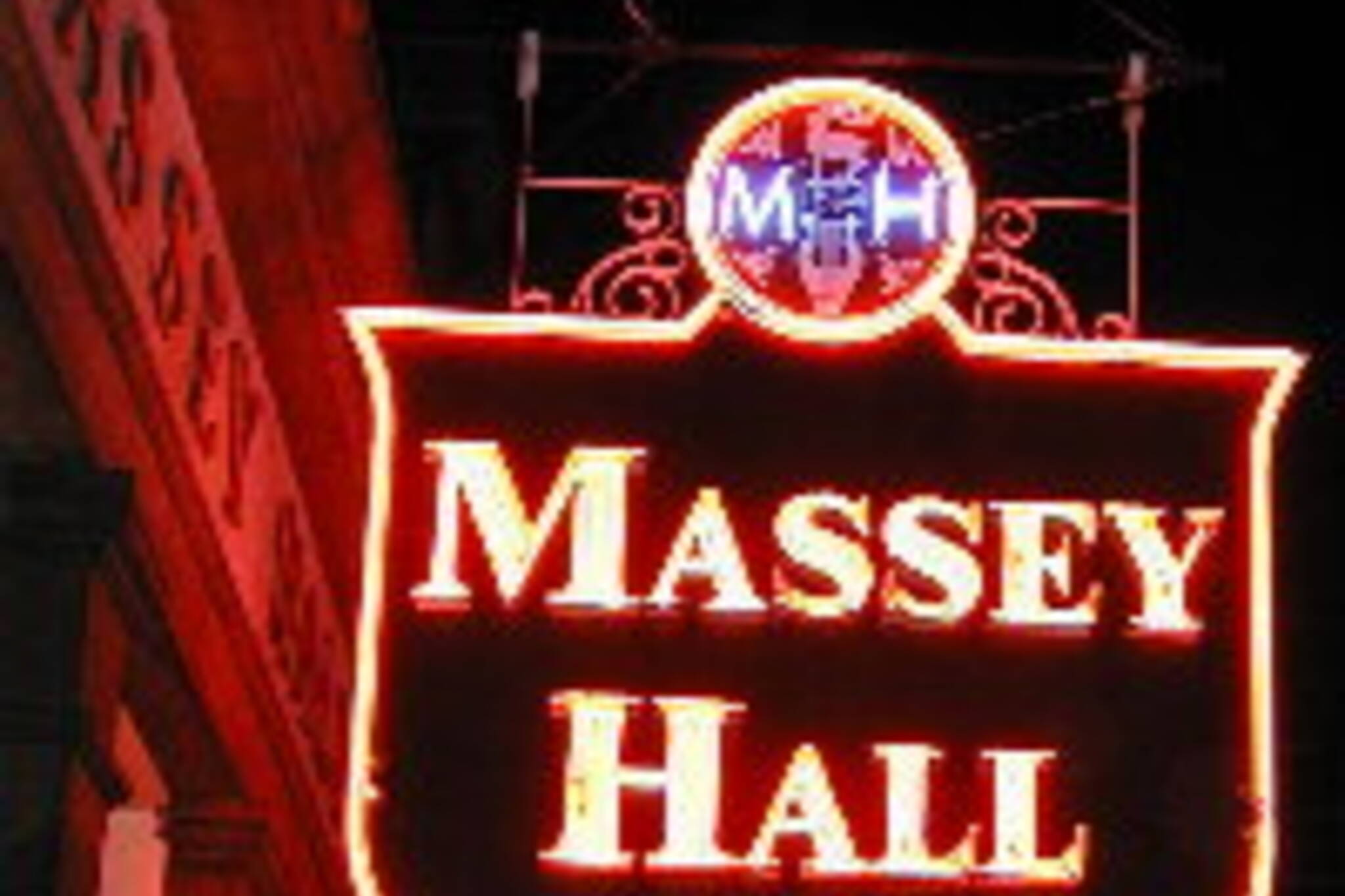
Theatre In Focus: The History of Theatre InToronto: Part 1
So with barely 50 years of theatre history in the country, what is the actual history of theatre in Toronto? The only way of knowing where we are going is to know where we've come from. This two-part crash course will give readers an idea of that history, which is far richer than its 50 year duration would lead one to believe.
Until the early 1950's there was little theatre of any kind in Canada until the recommendation of Raymond Massey, the then Governor General of Canada (and brother of a famous actor... and yes that is the same Massey family as Massey Hall ), to create a body known as the Canada Council for the arts in the early 50's.
The first agenda was to build regional theatres in city's around the country. (The St Lawrence Centre being Toronto's regional theatre.) Dora Mavor Moore founded the New Play Society , which was Toronto's first professional post-war theatre company. In 1949 the New Play Society mounted the first Canadian play ever to run at the Royal Alexandra Theatre.
By the early 1960's, however, it seemed only popular shows from Europe and the U.S, that had seen guaranteed successes, were being performed. The advent of the Stratford Festival as well as various theatre training centres had helped to bolster new talent. Yet Canadian works were still being vastly overlooked.
As the decade closed 'Second Stages' were formed by these regional theatres in order to calm tensions from artists demanding venues and outlets for Canadian work. These 'second stages' gave an opportunity for young talent to create original Canadian works in smaller venues close by the regionals.
In 1967, during the Canadian centennial celebration, much money was given to the arts as a celebration of the growing culture. With George Ryga's, Ecstasy of Rita Joe, Canada had its first great Canadian hit. By the end of the decade that money, however, was used up and funding was cut to recoup the next 5 years. Regional theatres began losing money and shut down their 'experimental' Second Stages in favour of the safe classics and subscription based format.
Dora Mavor Moore's son, Mavor Moore, began the Toronto Arts Foundation from a combination of several theatre companies and ran it from 1966-1970. Eddie Gilbert took over in 1980 and the company was renamed CentreStage in 1983 when the St. Lawrence Centre re-opened after renovations.CentreStage merged with Toronto Free Theatre in 1987 to form The Canadian Stage Company (CanStage). The original aim of the merger was to create a national theatre based in Toronto.
John Herbert, whose play Fortune and Men's Eyes won worldwide success, started the Garret theatre (1965-1971) in Toronto, refusing public funding he believed was 'corrupt and surrounded by the self interests of the governing bodies involved'. Some of these lost artists from the recently released Second Stages came to work and learn from Herberts rebellious, fiercely independent and patriotic ways.
One of those who joined him was Ken Gass. When the Garret closed down in 1971, Herbert donated everything from the Garret Theatre to Ken Gass' new theatre Factory Theatre including the lights, costumes, platforms and even the theatre chairs themselves.
Next week : Part 2: Taking Shape. The 1970's until the present including the Mirvish's, the staples and the companies.
Latest Videos
Latest Videos
Join the conversation Load comments
